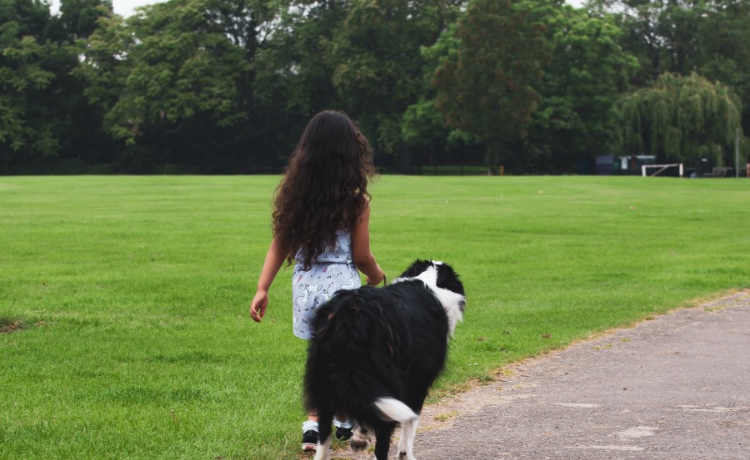Knowing CPR in dogs is important and can actually save your dog's life! Especially when they just love to put things in their mouth that don’t belong and then run away with it. So just in case that game turns into a life threatening situation, here are some helpful tips. If you have the time, get your dog to an emergency room as soon as possible and let the professionals handle helping your pup. If your dog is in danger and needs help fast there are still things you can do. First contact the nearest pet emergency service, then follow the ABCs of CPR: Airway, Breathing,Cardiac.
Check your dog's airway and see if you can find something blocking it. If you can remove it safely without the risk of pushing it down further, do so, if not, you should perform the Heimlich maneuver which you can do by placing your hands on both sides of the ribcage of the dog and applying pressure. The airway must be clear for CPR.
Next be sure to check if your dog is currently breathing either by seeing if the chest is rising or falling or pressing your cheek or hand underneath the nose to see if there is any air coming out. If the dog is breathing, but unconscious, do not perform CPR, but be sure to continue to seek professional help in case there’s any underlying conditions.
Then check to see if your dog’s heart is beating. To do this, you have to first find where your dog’s heart is located and the ASPCA provides a tip on how to do this. First, you have to lay the dog on its right side, then take it’s front leg and push the elbow down towards the chest. Wherever that elbow touches the chest is where the heart is located. If you can’t see movement there, feel for the movement with your hand.
Finally, after performing the ABCs, if your dog is not breathing then you must perform CPR on them. The Red Cross and ASPCA differ on the order of CPR, but their advice is still the same. There are two different types of chests to look for as they will determine the best way to perform CPR. The first is a deep-chested dog. These dogs have narrow chests, their legs are closer together, and from the side there is an “abdominal tuck” where the stomach looks like it is higher than the ribs. The other type is the barrel-chested dog, which features a rounder chest, narrow shoulder, and normally no abdominal tuck.
For compressions on a deep-chested dog, a cat, or a small dog, the compression style is the same: you put the heel of one hand over the animal's heart and then put your other hand directly on top of the first hand. For a barrel-chested dog, you should turn your dog over onto their back and find the widest part of the chest, putting one hand on top of the other and keeping your hands beneath and in line with your elbows.
The pace of compresses is the same: you should then press down firmly enough that you are compressing the chest to about ⅓ to ½ of it’s normal width. It is important that the chest recoils back fully before you perform another chest compression, this should be about five minute intervals. You should complete about 100-120 compressions per minute and after two minutes of compressions you should switch who is doing the compressions as to be sure you aren’t tiring out and that your pet is getting the best helppossible.
You should also provide rescue breaths. For a smaller dog (under 30 pounds), cover the dog's entire mouth and nose with your own mouth and exhale until the chest rises. Then repeat and perform a second rescue breath. If your pet is still not breathing, continue to give CPR by continuing through a cycle of 30 chest compressions and two rescue breaths. Check every two minutes--or every time the person switches out as it is the same time--if your vet is breathing and if you can feel their heartbeat. Continue to perform CPR until you get to a veterinary hospital and until a professional can take over.
If you are still unsure but want to be better prepared, there are classes offered including an online course offered by the Red Cross to help teach you what to do in case of emergencies, just search up “Red Cross Cat and Dog First Aid Online.” Just like a person, your pets can have medical emergencies, and you need to be sure you know how to properly handle them in case one arises!
Photoby Sam Lion
Written by Dani Forte





